History of Functional Analysis
History of Functional Analysis presents functional analysis as a rather complex blend of algebra and topology, with its evolution influenced by the development of these two branches of mathematics. This volume comprises nine chapters, the first of which focuses on linear differential equations and the Sturm-Liouville problem. The succeeding chapters go on to discuss the ""crypto-integral"" equations, including the Dirichlet principle and the Beer-Neumann method; the equation of vibrating membranes, including the contributions of Poincare and H.A. Schwarz's 1885 paper; and the idea of infinite dimension. Other chapters cover the crucial years and the definition of Hilbert space, including Fredholm's discovery and the contributions of Hilbert; duality and the definition of normed spaces, including the Hahn-Banach theorem and the method of the gliding hump and Baire category; spectral theory after 1900, including the theories and works of F. Riesz, Hilbert, von Neumann, Weyl, and Carleman; locally convex spaces and the theory of distributions; and applications of functional analysis to differential and partial differential equations. This book will be of interest to practitioners in the fields of mathematics and statistics.
{{comment.content}}

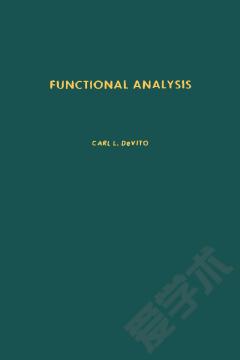
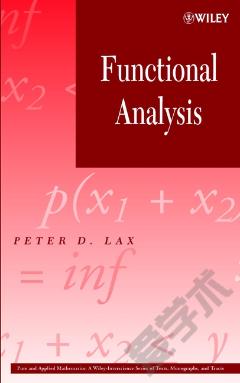
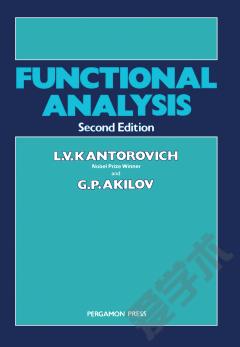
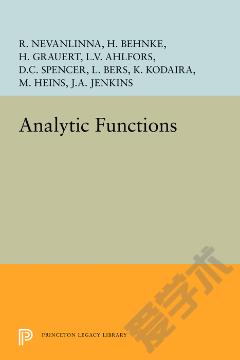
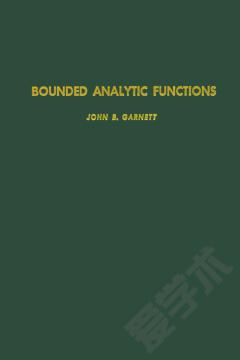


 京公网安备 11010802027623号
京公网安备 11010802027623号